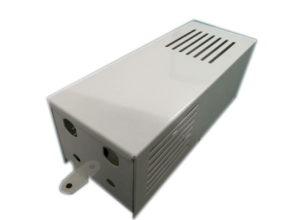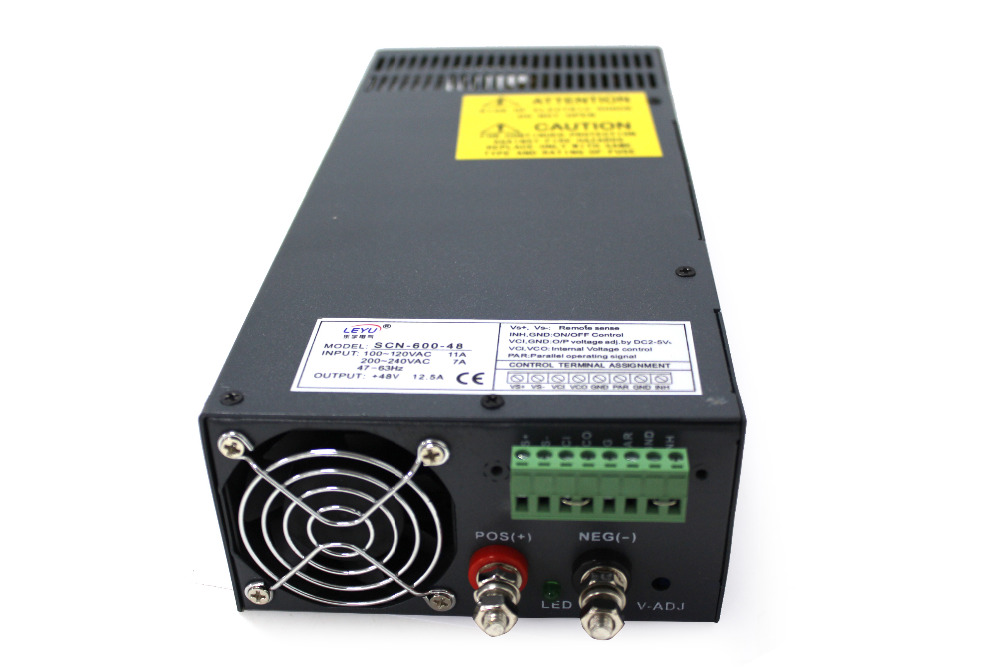Recently, the State Council issued the “2014-2015 Action Plan for Energy Saving and Emission Reduction and Low Carbon Development†(referred to as “Action Planâ€). It can be said that the "Action Plan" is the mid-term summary of China's energy conservation and emission reduction strategy since the "Twelfth Five-Year Plan," and it is also a concrete plan for further implementing energy-saving and emission-reduction planning.
In recent years, the State Council and local governments have issued more than a dozen policies on air pollution control, fuel consumption limits, energy-saving emission reduction of internal combustion engines, and vehicle emission upgrades, which undoubtedly give the automotive industry a high level of attention in the process of energy conservation and emission reduction. It brought tremendous pressure, but it also brought development opportunities to auto parts companies.
Scrap yellow cars driven parts remanufacturing <br> <br> auto parts remanufacturing automotive industry in recent years, the topic of chatter.
The "Action Plan" just released put forward a stricter and more detailed requirement for the elimination of yellow-label vehicles and old cars than the "Air Pollution Prevention Action Plan" issued by the State Council in September 2013. Before the end of 2014, China eliminated 6 million yellow-label vehicles and old cars. By 2017, all yellow-standard vehicles will be eliminated. The Beijing-Tianjin-Hebei Region, the Yangtze River Delta, and the Pearl River Delta will be the key areas for governance. Various provinces and cities have also formulated detailed elimination indicators. The remediation of yellow-standard vehicles and old cars is expected to become a catalyst for the rapid development of automobile dismantling, recycling and parts remanufacturing industries.
It is understood that as of the end of 2013, there were as many as 13 million yellow-label vehicles in China, accounting for about 10% of the vehicle ownership. In recent years, the Chinese auto market will also usher in the stage of rapid growth in the number of scrapped vehicles. It is worth noting that with the increasingly perfection of national end-of-life vehicle recycling regulations and remanufacturing regulations, the value of vehicles that have been eliminated will be further enhanced, and at the same time, the phenomenon of informal recycling will also be effectively avoided. In addition, most provinces and cities give different degrees of subsidy for the early phase-out of yellow-standard vehicles and promote the flow of yellow-standard vehicles into regular dismantling channels.
The “Administrative Measures for the Retirement of Scrap Automobilesâ€, implemented since June 2001, stipulates that the “five major assemblies†disassembled by end-of-life vehicle recycling companies may not be remanufactured, but this provision will change. The "Administrative Measures on the Remanufacturing of Auto Parts and Remanufacturing Pilots" issued by the National Development and Reform Commission in March 2008 allowed 14 pilot remanufacturing enterprises to remanufacture engines, transmissions, generators, steering gears, and starter machines for remanufacturing. In the "Administrative Regulations on the Recycling and Dismantling of Endangered Motor Vehicles (Draft for Soliciting Opinions)" promulgated by the State Council in July 2010, the "five general assemblies" are allowed to be remanufactured. Once this regulation is formally implemented, it will undoubtedly increase the recycling rate of scrapped vehicles.
In addition, the "Internal Combustion Engine Remanufacturing Promotion Plan" issued in November last year promotes the scale and standardization of the internal combustion engine remanufacturing industry. It is understood that the sales volume of remanufactured engine products such as Weichai has increased significantly over the past year. Some companies in Japan and the United States have also begun to intervene in the automotive dismantling and component remanufacturing industries in China.
Fuel consumption limit tightened turbocharger outbreak
The fuel consumption of 5.0 liters per 100 kilometers is difficult to achieve for most cars currently on the market. “By 2015, the average fuel consumption of passenger cars produced during the year will be reduced to 6.9 liters/hundred kilometers. By 2020, the average fuel consumption of passenger cars produced in that year will be reduced to 5.0 liters/100 kilometers.†This is 2012. In June, the State Council issued one of the goals of the “Energy Conservation and New Energy Vehicle Industry Development Plan (2012~2020)â€.
In order to implement this goal, in January this year, the state issued the most direct and most rigorous Mandatory National Standards for Passenger Vehicle Fuel Consumption Limits and Passenger Vehicle Fuel Consumption Evaluation Methods and Indicators. solicit opinions. On May 7, the Ministry of Industry and Information Technology issued the "Notice on Strengthening the Management of Average Fuel Consumption of Passenger Vehicle Enterprises (Draft for Soliciting Opinions)" and clarified relevant punitive measures, including public notification, suspension of new vehicle declarations, and suspension of new production approvals. This fully demonstrates the country’s determination to promote energy-saving products in the automotive industry.
In the face of strict fuel consumption limits, small-displacement booster models are highly respected. Not only foreign-funded enterprises, Brilliance, Great Wall, Chery, SAIC Roewe, BYD and other automakers of their own brands have also continuously improved their turbocharged models in recent years. Honeywell, an American auto parts company, predicts that the Chinese turbocharger market will double from 5 million units in 2013 to 10 million units in 2018, and the turbocharger coverage will reach over 30%.
One of the most effective ways to reduce fuel consumption is weight loss. Some experts said that if the average weight of all cars in the country is reduced by 25%, then fuel consumption can be reduced by 13%. Therefore, auto parts made of magnesium alloys, plastics, and new lightweight materials are increasingly recognized by the society. With the advancement of technology and the reduction of costs, the range of components that can be made from these lightweight materials is expanding. The reliability is also stronger. In addition, technologies such as idle start and stop, two-stage/multi-stage superchargers, and green tires that help reduce fuel consumption also have better development prospects.
After the upgrade process emissions enterprises welcome the dawn <br> <br> emissions from motor vehicles have been upgraded affects the nerves each vehicle and parts business.
In April of this year, Ministry of Industry and Information Technology announced in the 27th bulletin of 2014 that the deadline for the implementation of the fourth diesel emission standard was finalized. As of December 31, 2014, the "Announcement" for diesel vehicles for the third phase of the national automobile emission standard will be abolished, and the three diesel vehicles will not be available for sale on January 1, 2015. In other words, the diesel vehicles sold nationwide from January 1 next year must implement the National IV emission standards. At present, more stringent local emission standards are also brewing. According to the relevant person in charge of the Beijing Municipal Environmental Protection Bureau, Beijing will begin to implement the Beijing 6 standard in 2016.
Companies such as engines and accessories, aftertreatment systems, vehicle urea, and other related companies have finally dawned. These parts and components companies are planning, designing, and manufacturing auto parts in advance in accordance with the implementation progress of the National 4th and 5th National Emission Standards to cope with changes in market demand. Prior to this, the industry’s concern that the oil products were not in place has also been received by the State Council. Respond. The "Action Plan" requires that before the end of 2014, it supplies four standard diesel fuels nationwide. By the end of 2015, Beijing, Tianjin, Yangtze River Delta, Pearl River Delta and other key cities in the region will fully supply the five standard vehicle gasoline and diesel fuel. This cleared the oil barriers for the promotion of the National IV and China VW diesel vehicles.
In February 2013, the "Opinions on Strengthening the Energy-saving and Emission Reduction of the Internal-combustion Engine Industry" issued by the General Office of the State Council clearly defined the development direction of energy-saving and emission-reduction of internal combustion engines. Gasoline direct-injection fuel systems, superchargers, electronically controlled high-pressure fuel injection systems for diesel engines, highly efficient pressurized intercooling systems, exhaust after-treatment systems, and electronic control technologies will gain popularity.
At present, the technology to reduce the emission of automobile exhaust pollutants has gained consensus in the industry. In the diesel engine field, SCR (Selective Catalytic Reduction Technology) and EGR (Exhaust Gas Recirculation) post-processing technologies are the main technical directions for emission reduction. The annual diesel engine exhaust treatment market has exceeded 14 billion yuan. Some parts and components enterprises have already started the research and development and supporting work of post-processing systems. It is understood that Weifu Hi-Tech's operating income from auto after-treatment system products increased by 28.77% year-on-year. The annual production of 10,000 sets of SCR systems and 80,000 sets of SCR converters per year by Yinlun shares is actively under construction.
The wide application of SCR can not be separated from the sufficient supply of urea for vehicles. The demand for urea solution for vehicles in the domestic market is about 10,000 tons. On July 1, 2013, the national standard for automotive urea solutions was formally implemented, which promoted the standardized development of the automotive urea market. In the most recent year, vehicle urea companies such as Meifeng Jialan and Jiangsu Kelansu have continuously expanded their product lines to meet market demand.
Timeplex is one of the leading manufacturers of Metal Stamping,plastic injection, Heatsink ,home appliance products,R/C drones, smart electronic toys, complete the solution for OEM/ODM products and components ,it's founded in 1989 ,in China.
During the past years ,Timeplex has established strong confidence and goodwill with our customers around the world.

We specialize in the below business for you :
1.Metal stamping parts,heatsink.
2.Plastic Injection Components.
3.Various finished goods assembly.
4.R/C drone and smart electronic toys.
5.OEM/ODM service .

More services we offer:
Besides of Metal Stamping Components,Metal Stamping Supplies, we also complete solution for OEM/ODM products & components, offer services of deep drawing services, EMI metal shielding parts,Easy Metal Stamping, Heat Sink ,Plastic Molding products for custom, plastic injection components, Metal Stamping Parts, home appliances accessories ,R/C drone and smart electronic toys etc.
Our advanced equipments, professional engineers ,high quality system, enable us to provide high quality with low production cost Based on our strength, passion and capacity, we devote to supply one-stop service to customers.
Metal Stamping Components
Metal Stamping Components,Metal Stamping,Custom Metal Stamping,Metal Stamping Tools
Timeplex Industrial Limited , http://www.timeplex-hk.com